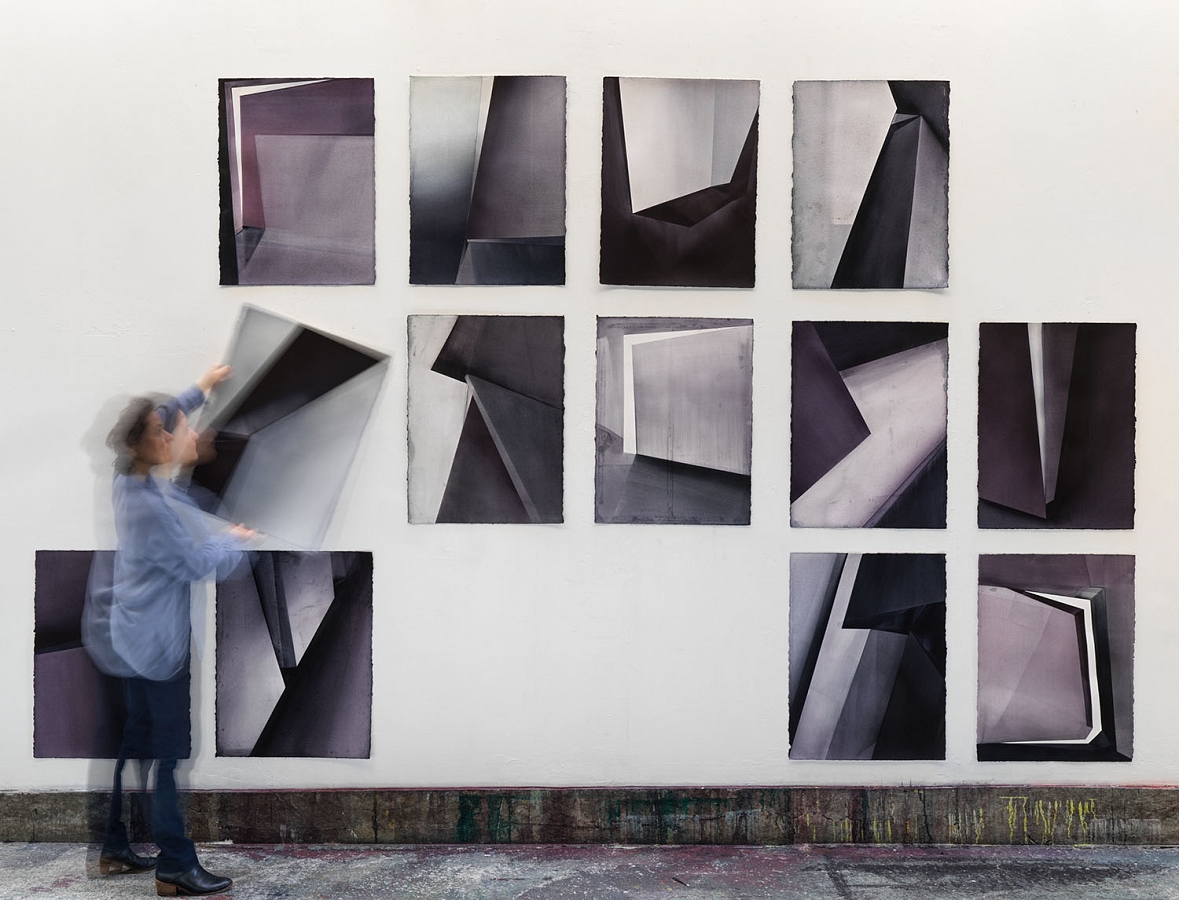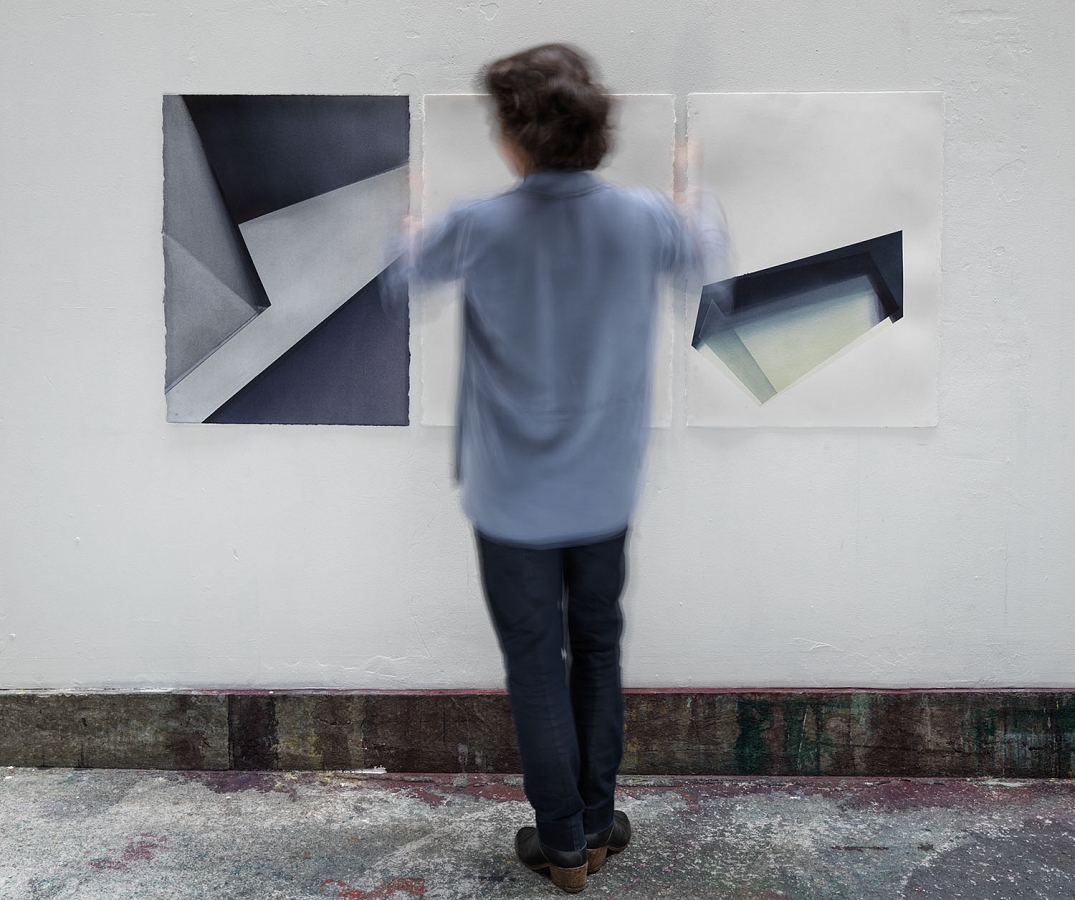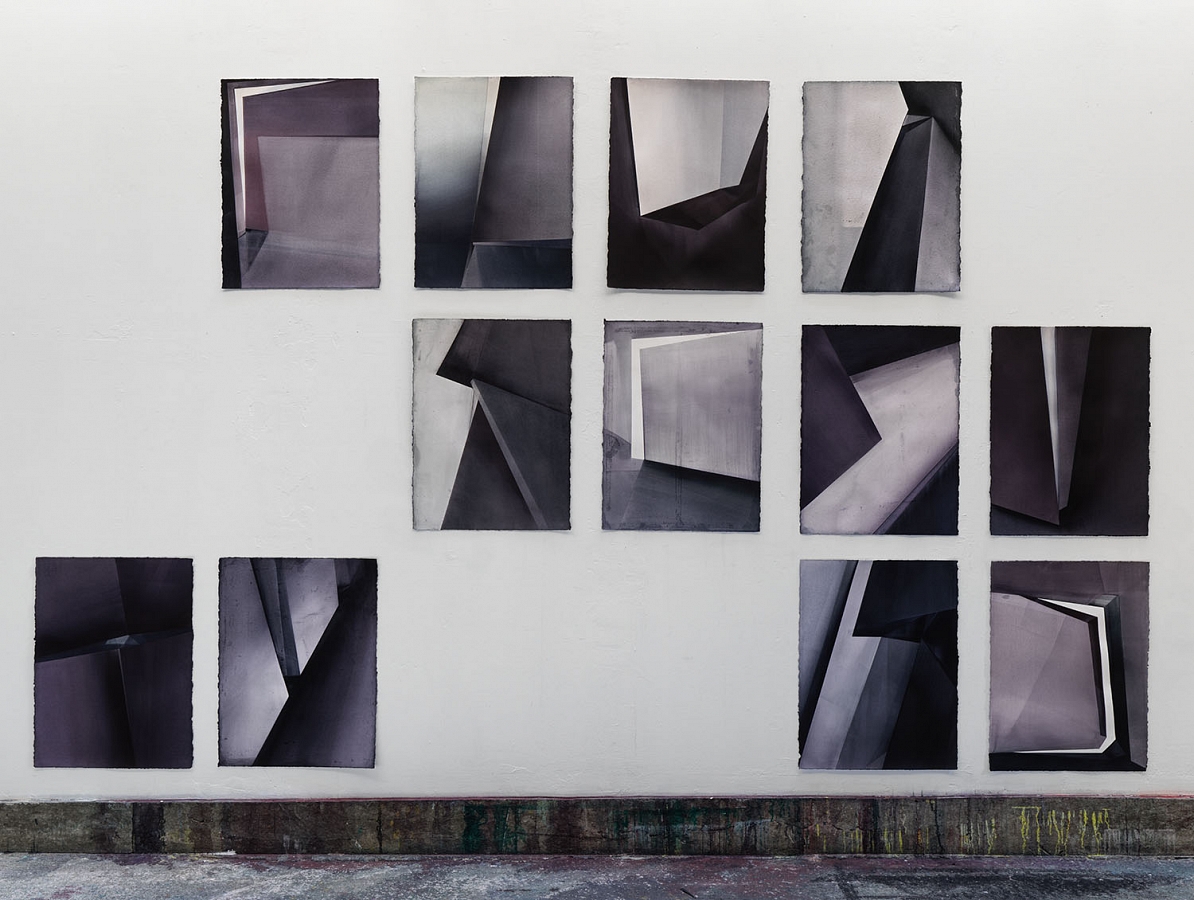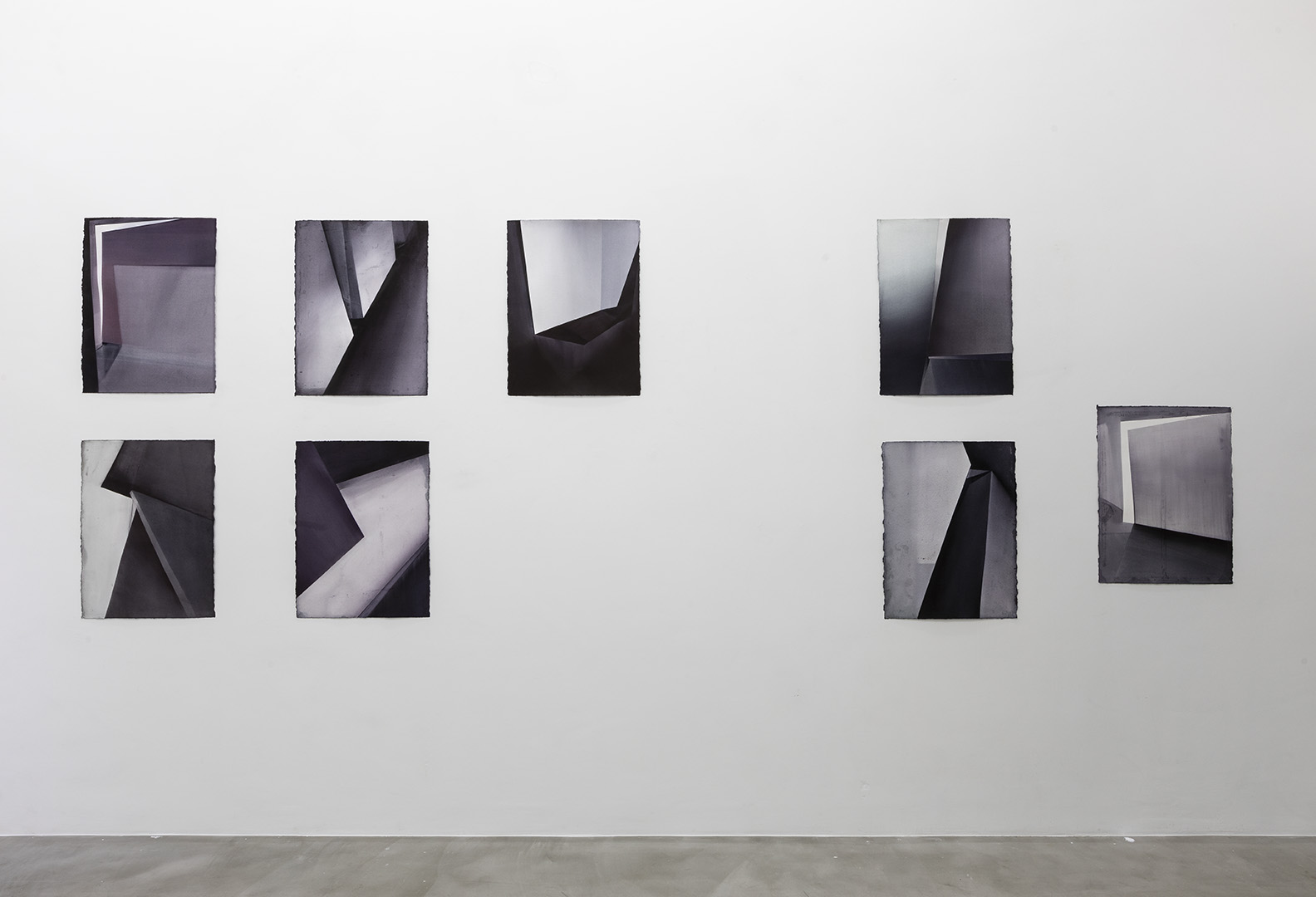Sigrid Tanghe
Paper, water and paint are her working materials, a stone her starting point.
The starting point is millions of years old, created in a time when man did not even exist, it is slow. The working material, on the other hand, requires a certain speed and does not tolerate any failure.
Sigrid Tanghe looks at a stone and brings it to life, penetrates into the soul of the stone. She refers to Karl Blossfeldt (1865-1932) who became famous overnight with his 'Urformen der Kunst'. She admires the enormous presence he managed to put in his pictures of sometimes minimal herbs and fruits. In a small village in France, she was struck by the many old walls and ramparts that define the landscape. The old, weather-beaten stones fascinated her and became the starting point for her work. She wanted to fathom the character of those stones, to transcend pure observation. She succeeded wonderfully in her self-imposed task. She made hundreds of watercolour paintings. The observation is a starting point, the result never an image.
The stone becomes a reason for reflection, reveals its inner strength, becomes a source of light and shows itself in its various forms and facets. The stone reveals its secrets, its history, and yet not really. The mystery remains.
The stone becomes more and more space, architecture inside and outside, light and dark. The monolith is gradually abandoned for the inside of things, the spatial experience. She reads Dom Hans van der Laan and gets to know his vision on architecture and the measure of things, visits the chapel of Kerselare by Juliaan Lampens and will soon be in residence at the Van Wassenhove house by the same architect.
One of the thoughts she had after reading the book is that the opening is a necessary, essential fact. If we cannot enter a space - even if only with our eyes - then that space does not exist for us.
"My aim is to draw the spectator into the work, to suck him or her in, to make him or her experience the space”. She is interested in the communication between the inside and the outside, she is attracted by cracks and crevices, her curiosity stimulates her to experiment and search and she comes to particularly attractive, expressive images, which show and hide and yet always keep the mystery, questioning the viewer.
Her work shows a special intensity, which is enhanced by a very limited colour palette. Like no other, she knows how to give a spiritual depth to the image she creates. With paper, which tends more towards cardboard, and those many layers of water and paint, she creates space, spiritual space.
Daan Rau
Ghent, April 2021
The starting point is millions of years old, created in a time when man did not even exist, it is slow. The working material, on the other hand, requires a certain speed and does not tolerate any failure.
Sigrid Tanghe looks at a stone and brings it to life, penetrates into the soul of the stone. She refers to Karl Blossfeldt (1865-1932) who became famous overnight with his 'Urformen der Kunst'. She admires the enormous presence he managed to put in his pictures of sometimes minimal herbs and fruits. In a small village in France, she was struck by the many old walls and ramparts that define the landscape. The old, weather-beaten stones fascinated her and became the starting point for her work. She wanted to fathom the character of those stones, to transcend pure observation. She succeeded wonderfully in her self-imposed task. She made hundreds of watercolour paintings. The observation is a starting point, the result never an image.
The stone becomes a reason for reflection, reveals its inner strength, becomes a source of light and shows itself in its various forms and facets. The stone reveals its secrets, its history, and yet not really. The mystery remains.
The stone becomes more and more space, architecture inside and outside, light and dark. The monolith is gradually abandoned for the inside of things, the spatial experience. She reads Dom Hans van der Laan and gets to know his vision on architecture and the measure of things, visits the chapel of Kerselare by Juliaan Lampens and will soon be in residence at the Van Wassenhove house by the same architect.
One of the thoughts she had after reading the book is that the opening is a necessary, essential fact. If we cannot enter a space - even if only with our eyes - then that space does not exist for us.
"My aim is to draw the spectator into the work, to suck him or her in, to make him or her experience the space”. She is interested in the communication between the inside and the outside, she is attracted by cracks and crevices, her curiosity stimulates her to experiment and search and she comes to particularly attractive, expressive images, which show and hide and yet always keep the mystery, questioning the viewer.
Her work shows a special intensity, which is enhanced by a very limited colour palette. Like no other, she knows how to give a spiritual depth to the image she creates. With paper, which tends more towards cardboard, and those many layers of water and paint, she creates space, spiritual space.
Daan Rau
Ghent, April 2021



